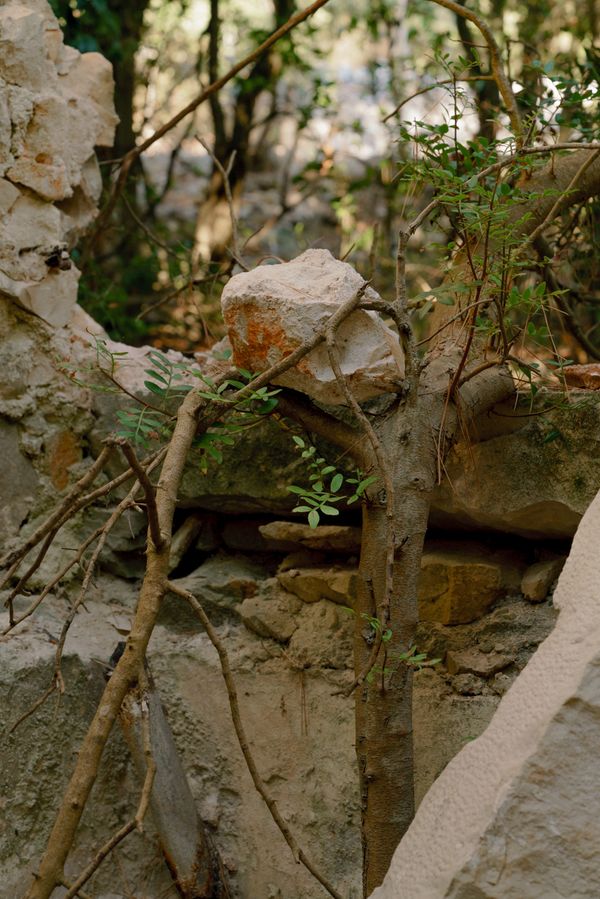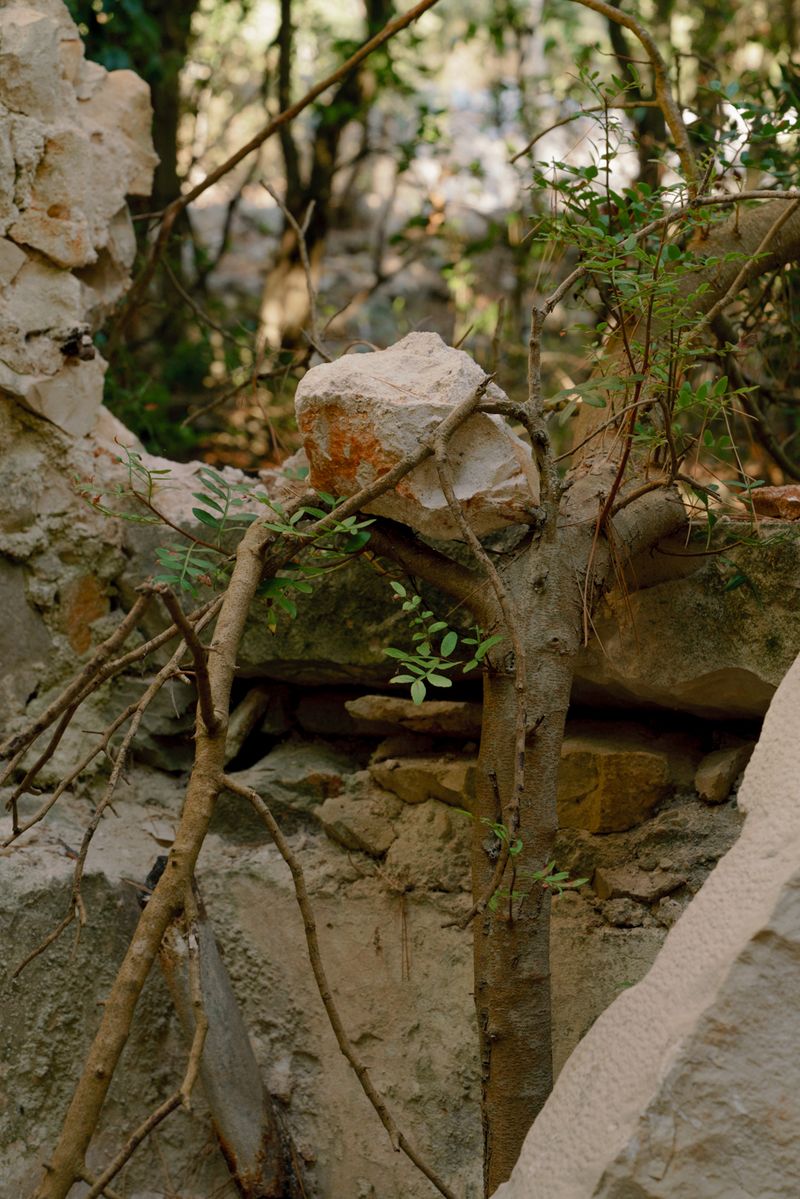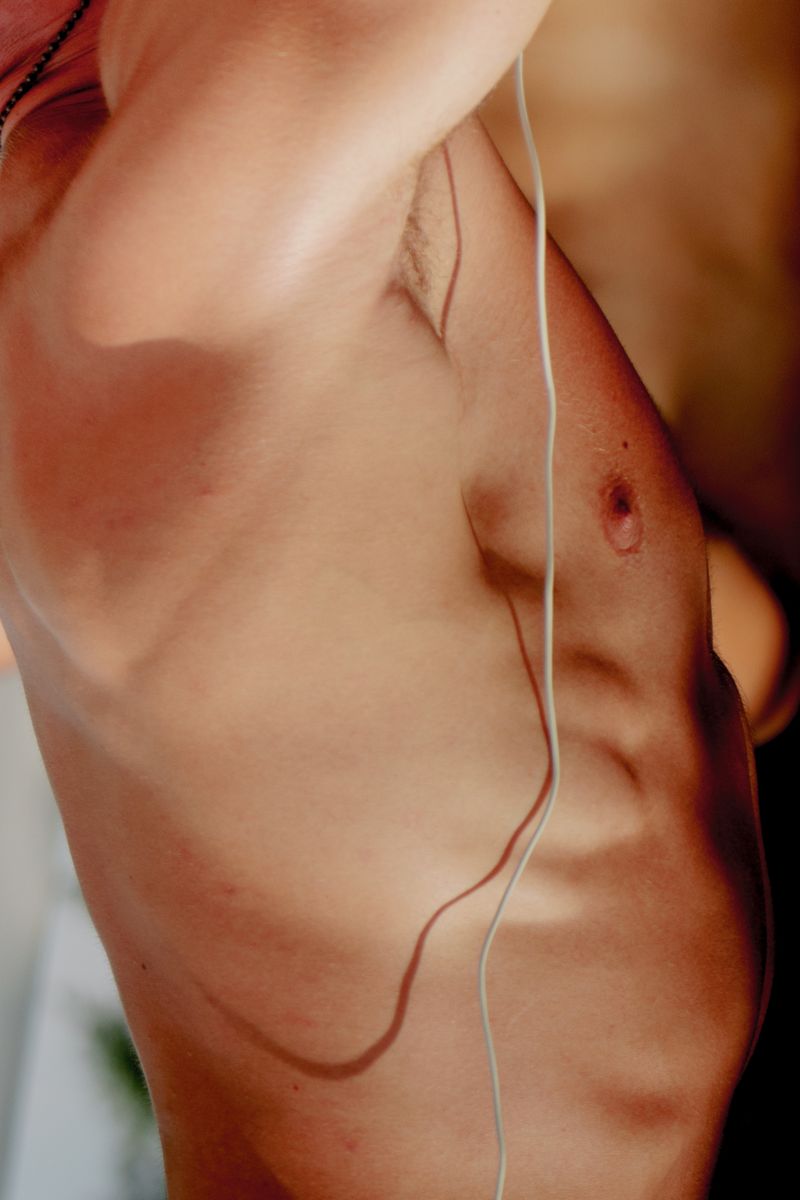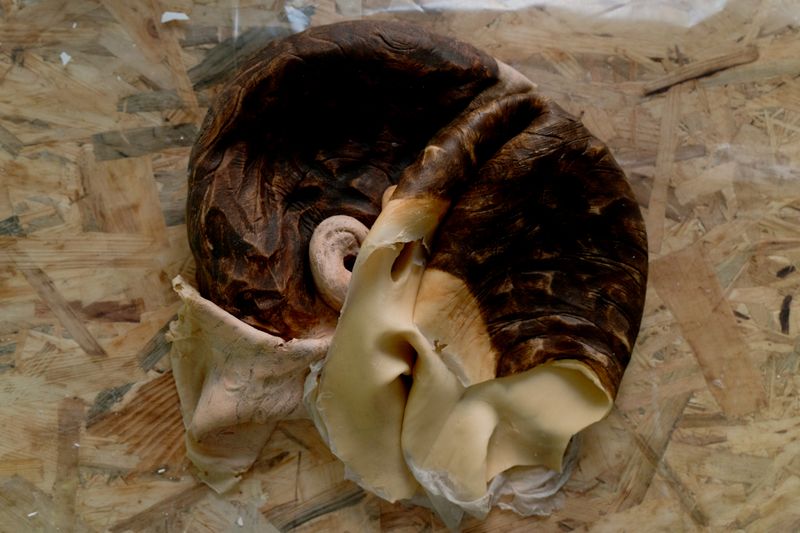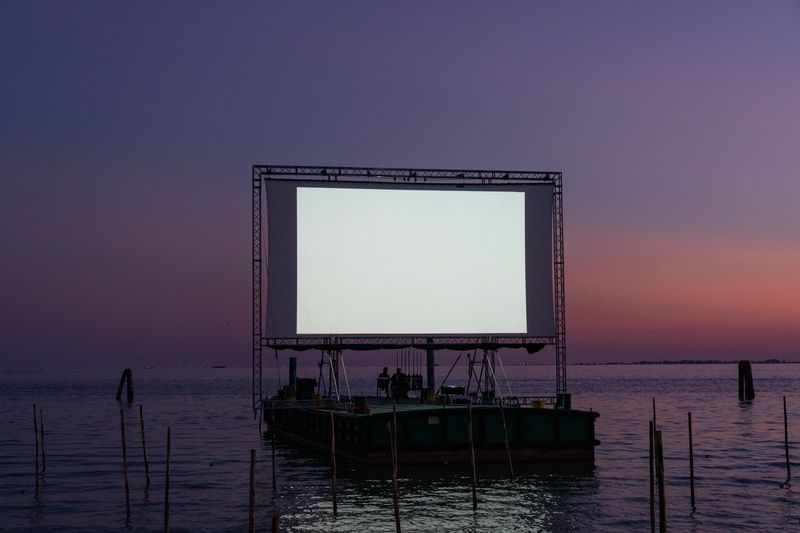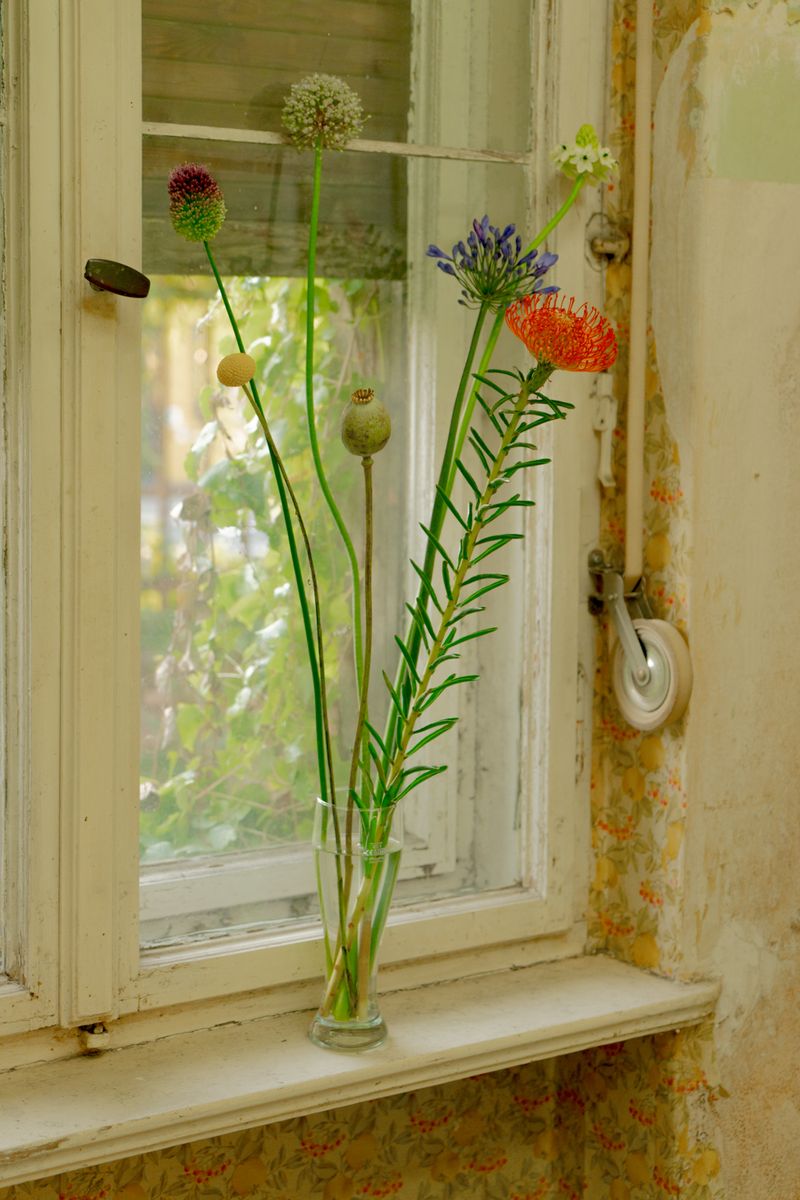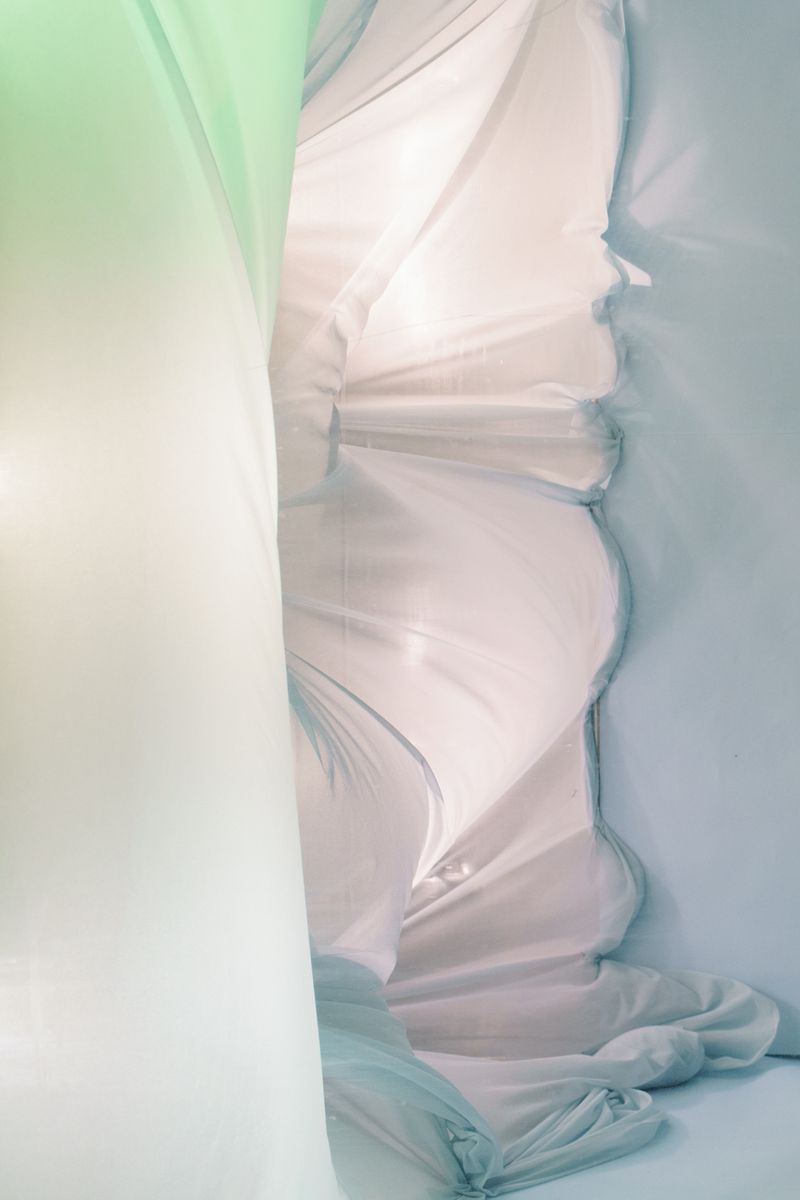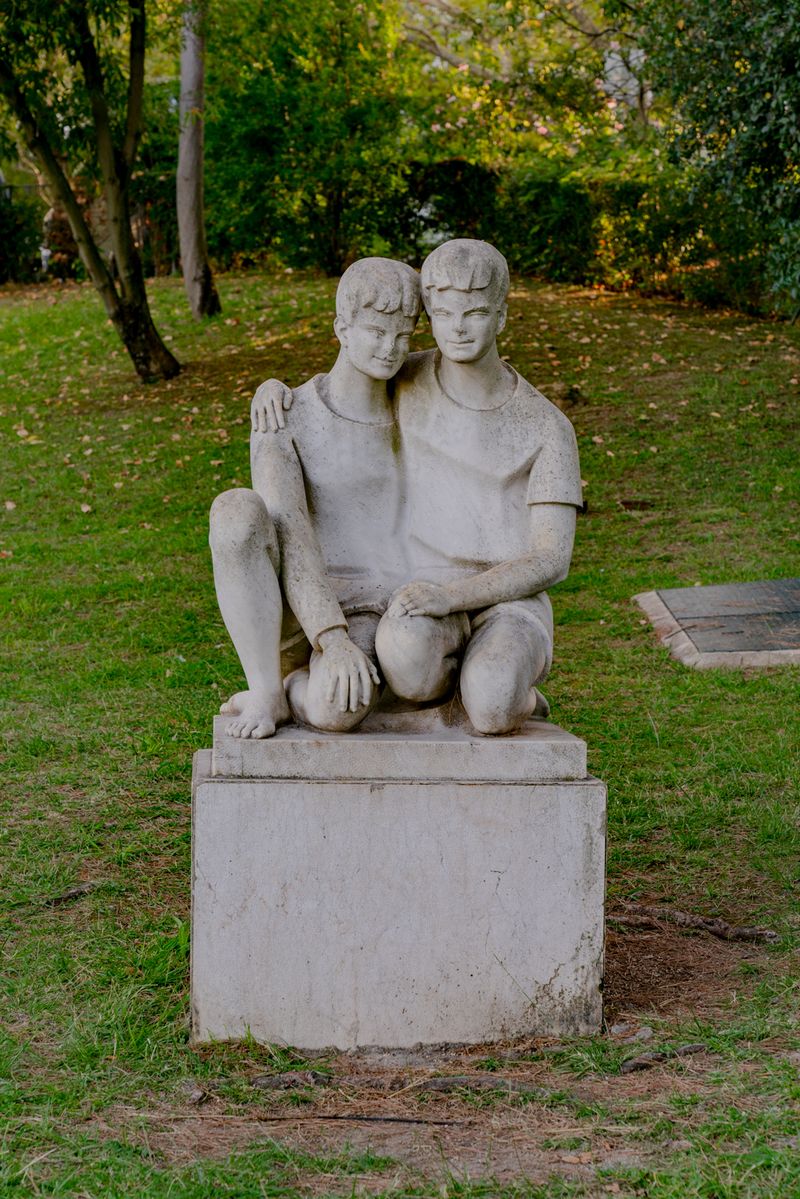"Ho chiamato solo per dirti che ti amo"
-
Dates2013 - 2023
-
Author
This project is a letter to the world in which, despite disagreements and conflicts, love prevails. At its core is the intimate relationship with our surroundings, through ways of relating to nature, landscape, technology, domestic and urban spaces.
"Ho chiamato solo per dirti che ti amo" is a letter to the world in which, despite disagreements and conflicts, love prevails. The title is the Italian translation of Stevie Wonder’s ballad "I Just Called to Say I Love You", in which a lover sings of how there is never a wrong time to pick up the phone to express feelings of love for the other.
The whole series comprises 138 photographs captured over a span of ten years (2013-2022) across a wide geographical area, stretching from Italy into Europe and across the ocean, to the United States. At its core is the intimate relationship with our surroundings, expressed through ways of relating to nature, landscape, technology, domestic and urban spaces.
The theme of proximity recurs throughout the submitted sequence, exemplifying a relationship of affection and physical closeness. In Crash (2016), for example, two silicone masks lying on a table seem to fuse with each other in a kiss. In "Pinguini al mare" (2015) inflatable penguins left on the foreshore by a hawker embrace each other entirely by chance, making them look like flesh-and-blood friends, akin to the sculpture "Boys" (2022) depicting two children in a Lisbon playground.
Furthermore, the selection is framed by two charged images that embody the anatomy of an explosion as the beginning of new stories. The first, titled “Disneyland” (2016), is a portrait of my father holding my newborn niece, and the latter instead, “Dancing in outer space” (2019), is a view of a galaxy of disco balls in a club.
To conclude, Saul Marcadent, in the conversation accompanying the forthcoming book, states: “The visual work in this volume is organized on the principle of “good neighborliness”, i.e. the one adopted by some scholars in the arrangement of the books in their libraries: instead of in alphabetic order or a subdivision by genres and authors, the books are grouped on the basis of the affinities that unite them. Riccardo arranged the pictures in "Ho chiamato solo per dirti che ti amo" according to a similar principle, that of a subjective and emotional order, dictated not so much by formal factors as by the relations that are established, along the way, between one photograph and the next. The images do not declare their links straightaway. You have to look at them closely, turn the page, go back. [...] The attention paid to ordinary situations and to the extraordinariness of the everyday—of which Disneyland, the photograph that opens the volume, is a sort of manifesto—is what sustains Riccardo’s poetics and practice”.


